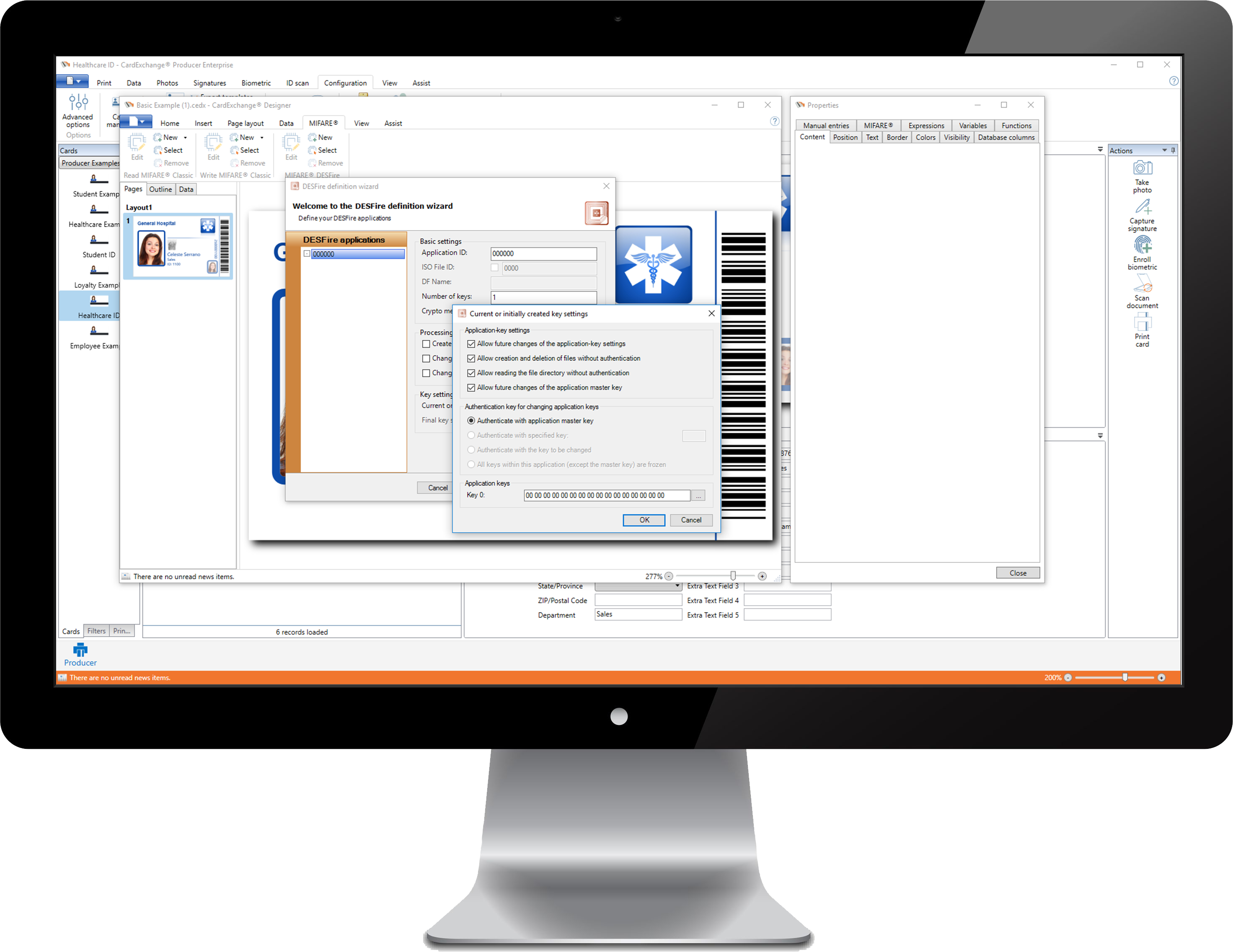

A contactless smart card is any pocket-sized card with embedded integrated circuits that can process and store data, and communicate with a terminal via radio waves. There are two broad categories of contactless smart cards. Memory cards contain non-volatile memory storage components, and perhaps some specific security logic. Contactless smart cards do not contain an ordinary read-only RFID, but they do contain a re-writeable smart card microchip that can be transcribed via radio waves.
A contactless smart card is a card in which the chip communicates with the card reader through an induction technology similar to that of an RFID (at data rates of 106 to 848 kbit/s). These cards require only close proximity to an antenna to complete a transaction. They are often used when transactions must be processed quickly or hands-free, such as on mass transit systems, where a smart card can be used without even removing it from a wallet.
The standard for contactless smart card communications is ISO/IEC 14443. It defines two types of contactless cards ("A" and "B") and allows for communications at distances up to 10 cm.
A related contactless technology is RFID (radio frequency identification). In certain cases, it can be used for applications similar to those of contactless smart cards, such as for electronic toll collection. RFID devices usually do not include writeable memory or micro controller processing capability as contactless smart cards often do.
There are dual-interface cards that implement contactless and contact interfaces on a single card with some shared storage and processing. An example is Porto's multi-application transport card, called Andante, that uses a chip in contact and contactless (ISO/IEC 14443 type B) mode.
Like smart cards with contacts, contactless cards do not have a battery. Instead, they use a built-in inductor, using the principle of resonant inductive coupling, to capture some of the incident electromagnetic signal, rectify it, and use it to power the card's electronics.
CardExchange® Producer Business Edition supports inline encoding and reading for two different type of contactless technologies;
•MIFARE® Classic,
•and reading of HID® Proximity cards.
CardExchange® Producer Enterprise Edition adds support for inline encoding of;
•MIFARE® DESFire,
In this section of the Help file we will explain how to use these technologies with CardExchange® Producer. It is however important to have at least basic knowledge of these technologies used by CardExchange® Producer.
Please visit http://www.nxp.com for more information about MIFARE® technology.
